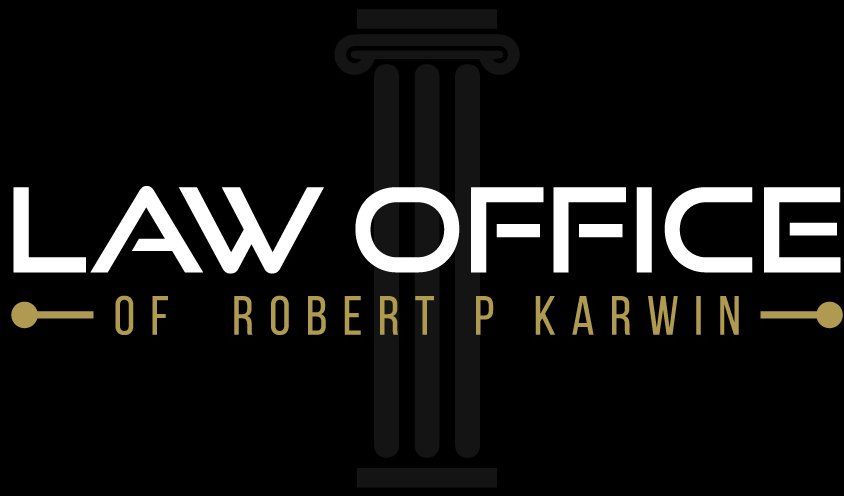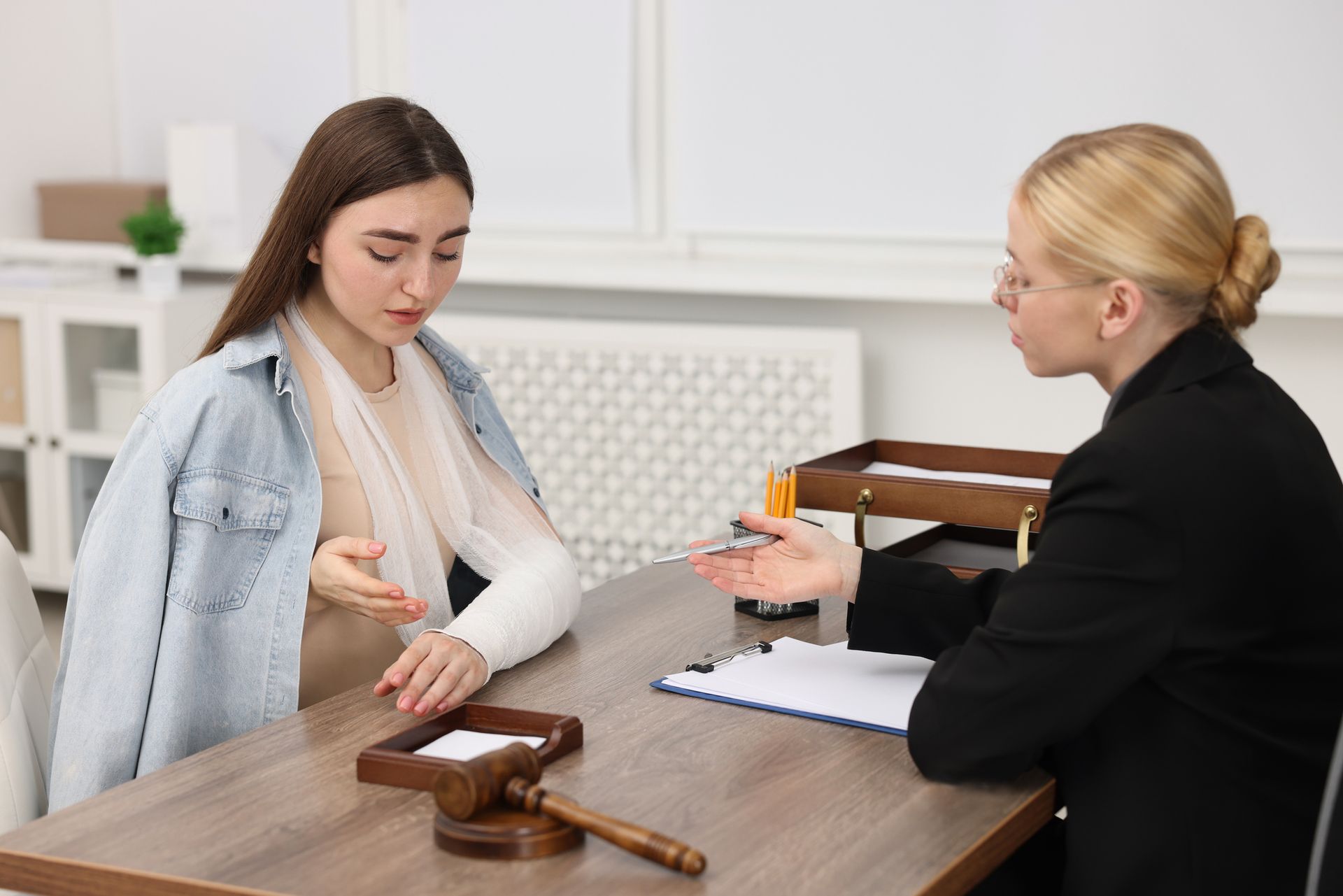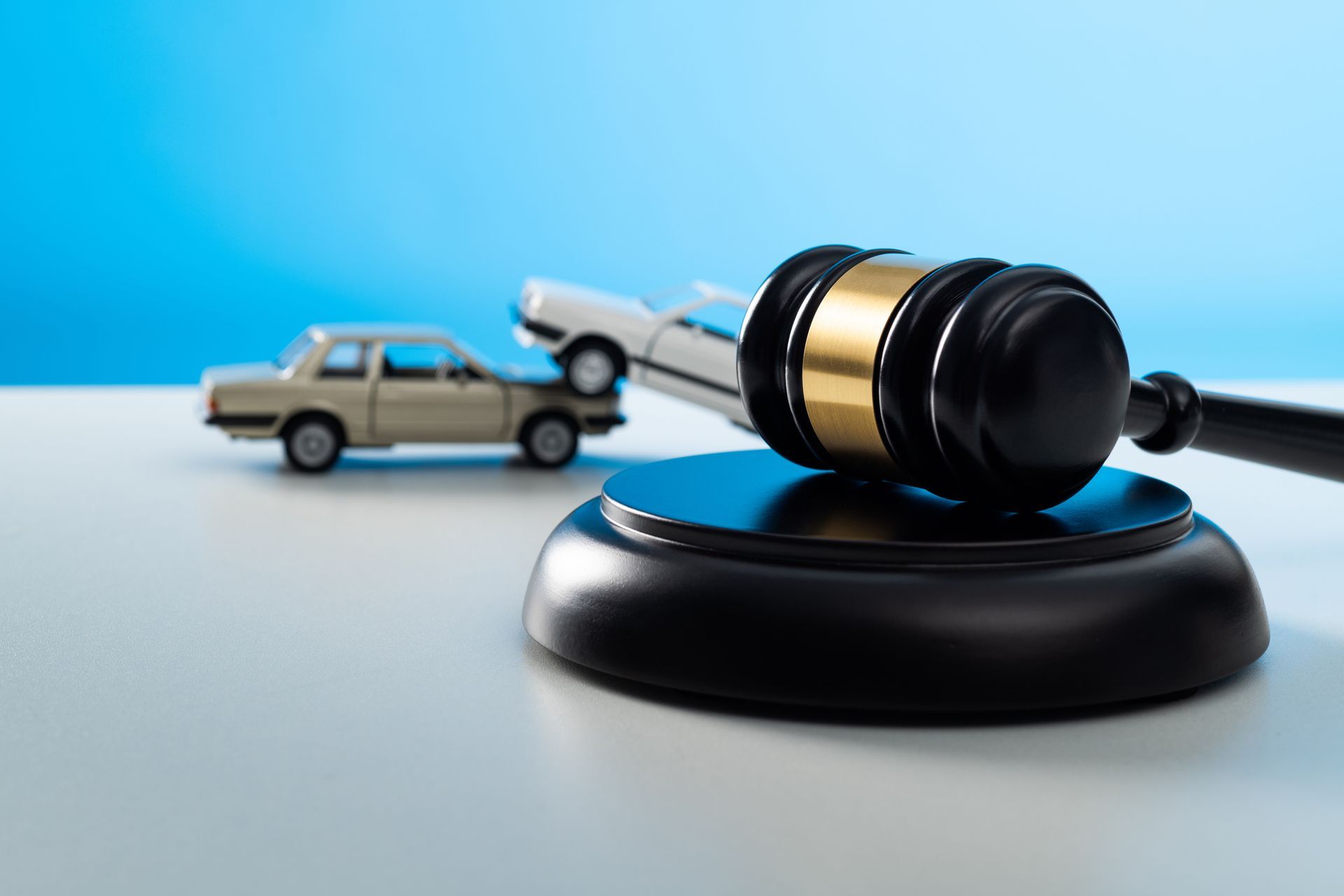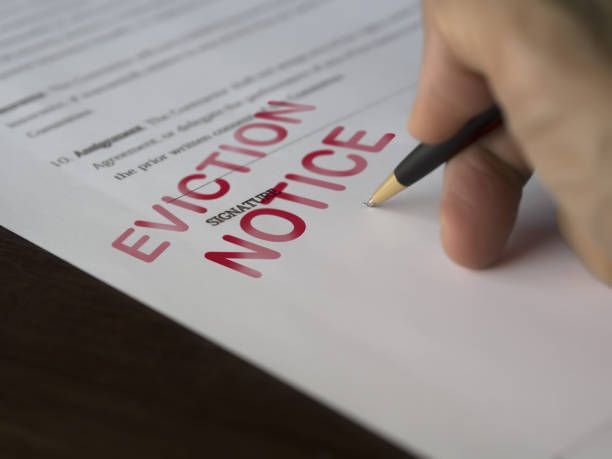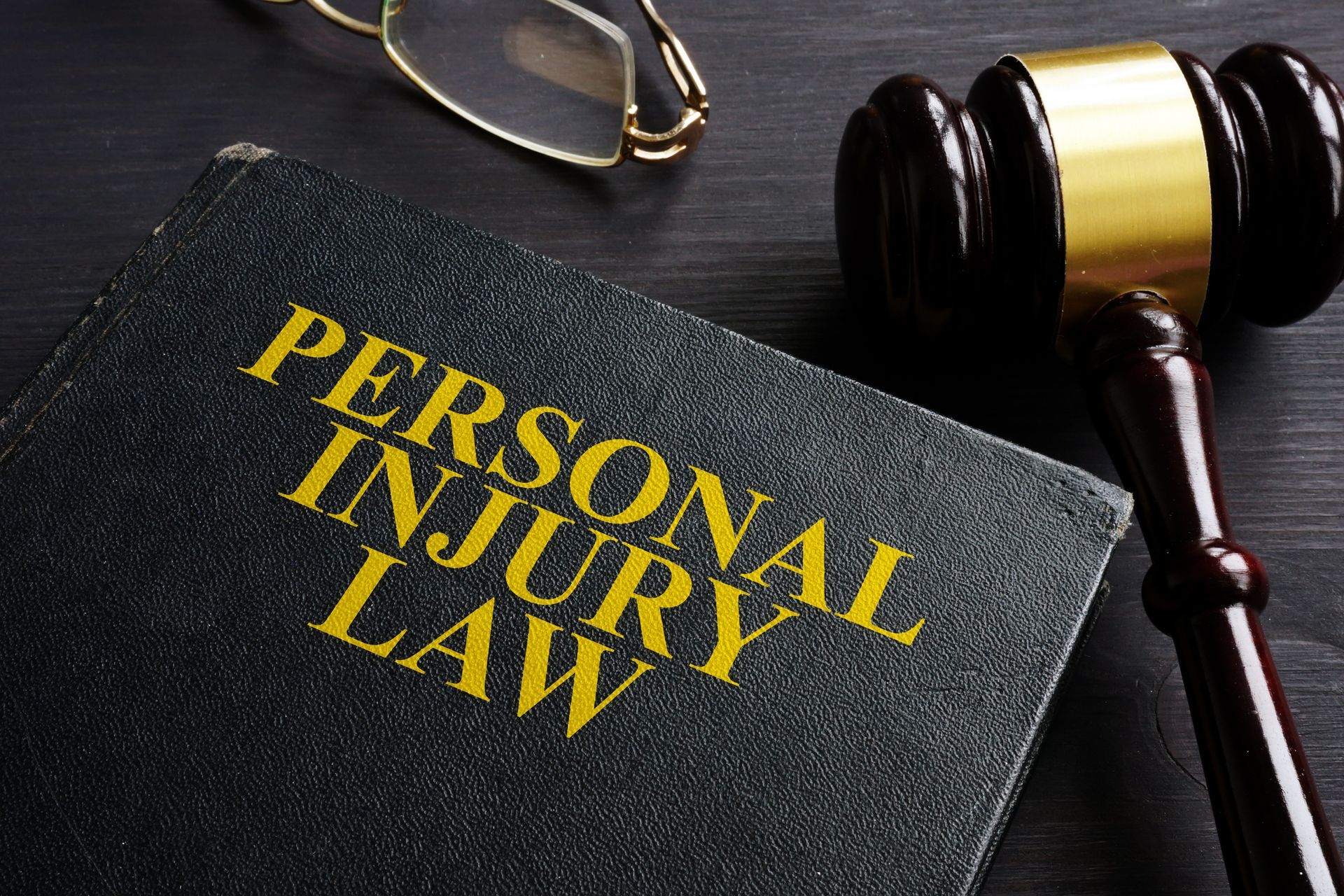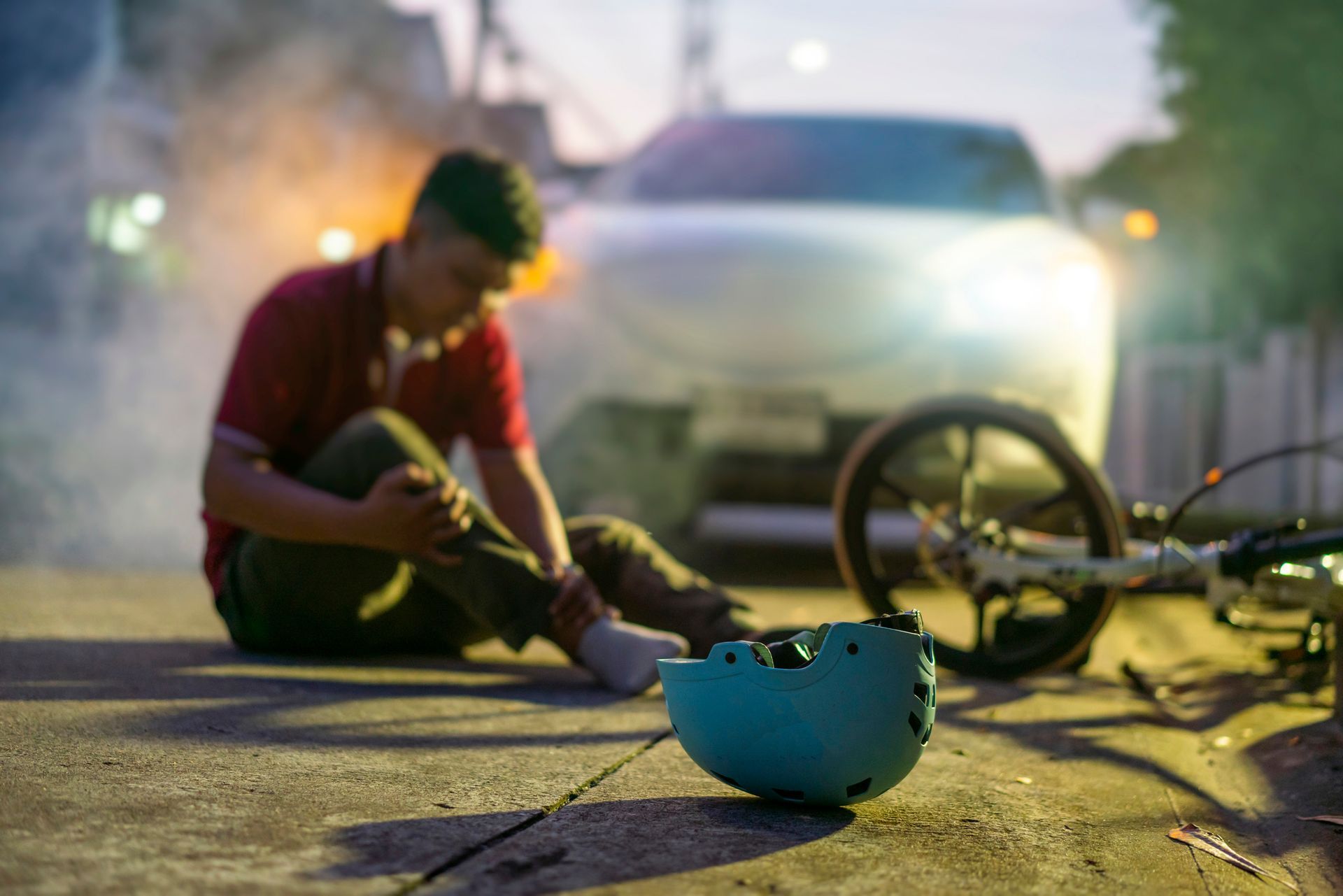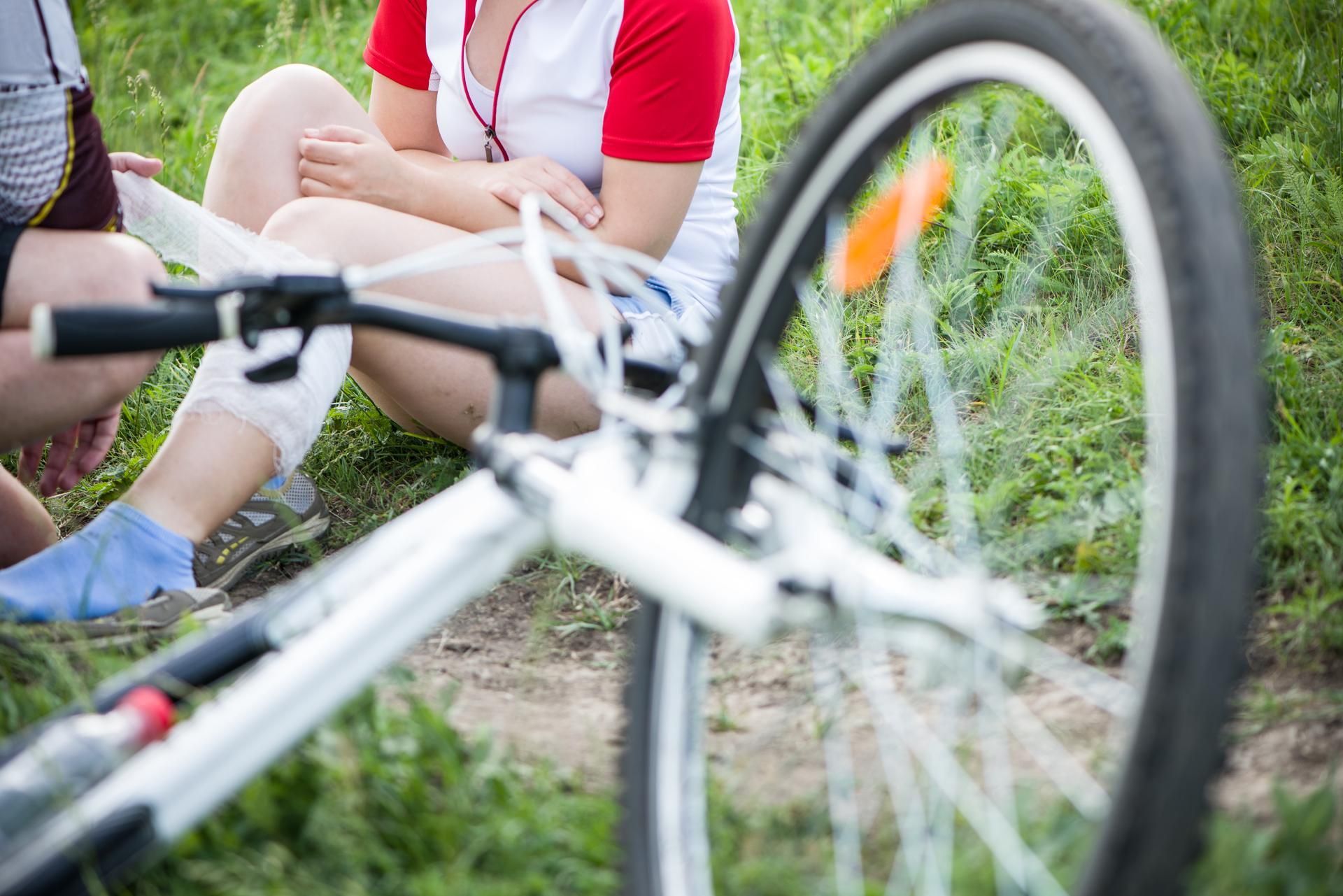Elements to Prove in a Slip-and-Fall Accident
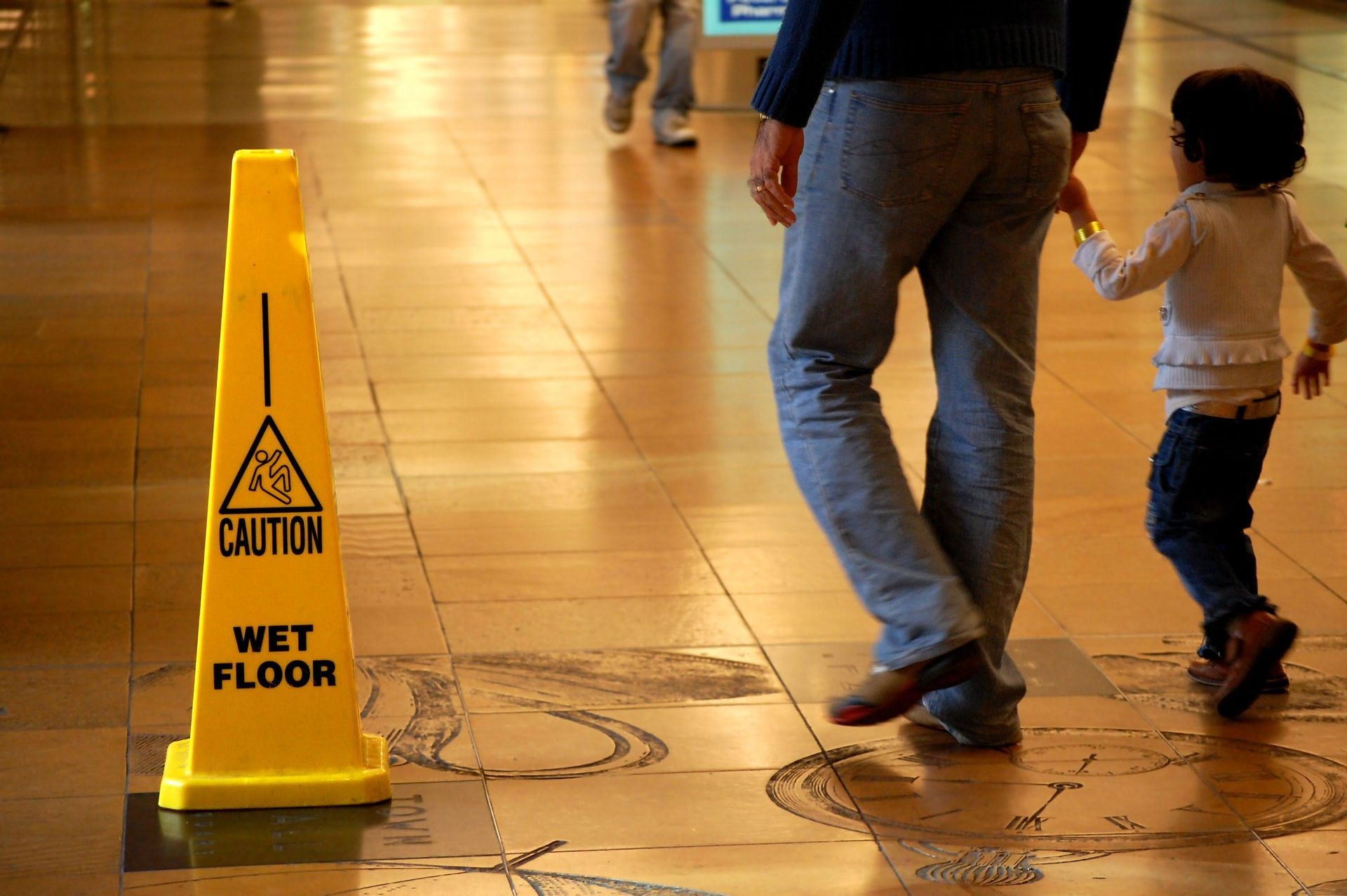
If you sustain injuries in a slip-and-fall accident, you should seek compensation from the at-fault party. Accidents involving slips and falls can result in serious injuries and even lifelong impairment. Ensure you hire a personal injury lawyer for a fair damage award. Read on to learn the main elements you must prove in a slip and fall accident.
Duty of Care
In personal injury cases, the plaintiff should prove that the at-fault party owed them a duty of care. This means the manager or owner of a property has the responsibility of maintaining the property to ensure there are no harmful conditions.
The manager or owner of a property has different levels of care towards people on their premises. They have the highest duty of care towards an invitee. This is anyone invited by the property owner or a tenant to come to visit.
The other category of entrant is a licensee. This is someone who is on the property of another with permission. The property owner should warn the licensee of potential dangers. However, they have a limited duty of care toward licensees. In a slip and fall accident claim, it's difficult to claim damages if you cannot prove the duty owed to you.
Negligence
To prove negligence, you must establish that your injuries were a direct result of the hazards on the property. Some defendants make claims of underlying or pre-existing conditions to limit the amount of money they will pay for damages. Therefore, you should obtain medical records to prove your claim.
To demonstrate negligence, you should prove the defendant didn't act reasonably to prevent the accident. For example, you should show that an unsafe condition caused the accident. Examples of hazardous conditions include:
- Damaged flooring
- Ice accumulation
- Inadequate lighting
- Potholes
- Uneven walkaways
The management or property owner must have caused the hazardous situation or noticed it but didn't rectify it. Owners or managers must make such properties suitably secure. For instance, a property manager should clear snow from walkways that people are likely to use after a storm.
However, the manager isn't required to make the sidewalks dry. Therefore, a slip accident may not be a valid personal injury claim if a slip accident occurs after the snowstorm.
If a property owner cannot eliminate a dangerous condition, they are negligent if they don't post a warning. For example, if a sidewalk is under construction, the local authorities overseeing the job must warn people about the dangers of the construction site through signage and roped-off areas. To prove negligence, show that the owner didn't warn you about the dangerous condition.
Responsibility of the Defendant
One of the problematic elements to prove in a slip and fall accident is the defendant's liability. The defendant may claim that you contributed to the accident. Depending on the laws in your jurisdiction, the comparative fault rule may diminish your damage award.
To measure your degree of liability in the accident, you need to determine whether you had a legitimate reason to be where the dangerous condition was. Other questions you should ask yourself include the following:
- Did the owner post any notices regarding the danger?
- Were you distracted and missed the dangerous situation?
- Is it probable that a cautious person would have seen the hazard and avoided it?
In a slip and fall injury claim, the onus is upon you to prove the defendant is responsible for your injuries. Hiring an experienced personal injury lawyer is the first step toward ensuring that you receive fair compensation. You can count on The Law Office of Robert P. Karwin to help you pursue damages for your injuries. Contact us to help you build a strong case against the defendant.
“This publication is for informational purposes only. It does not establish and attorney-client relationship and should not be taken as legal advice.”
